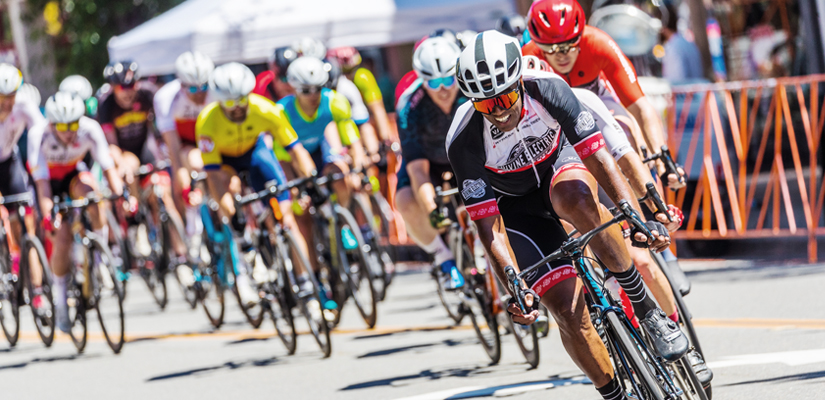Legs vs. Cardio, Warming Up, Speed Wobbles and More – Ask a Cycling Coach 215

A guide to racing at high elevation, equipment tips and more for MTB National Championships at Winter Park, CO, why VO2 Max is misunderstood and how to use it, the science behind weight and rotating mass and many more topics will be covered on this week’s episode of the Ask a Cycling Coach Podcast.
More show notes and discussion in the TrainerRoad Forum.
Topics covered in this episode
- TrainerRoad athletes going to World Championships!
- Legs vs. cardio: what is your limiter?
- How you use anaerobic work capacity
- Why attacking around the outside is a good idea
- Paceline tactics
- How fatigue accumulates over the course of a ride
- The science of warmups
- How to make sure you don’t blow up during the swim
- How to properly pace a triathlon
- Ultra-endurance racing and discomfort
- Why do you get speed wobbles?
- How to train for the Iceman Cometh Challenge MTB Race
For more cycling training knowledge, listen to the Ask a Cycling Coach — the only podcast dedicated to making you a faster cyclist. New episodes are released weekly.
Full Transcription of Podcast
Please note this is an automated transcription and is prone to error. If you have any questions, please reference the timestamps in the podcast or video for further clarification. If you have additional questions, please reach out to us at support@trainerroad.com